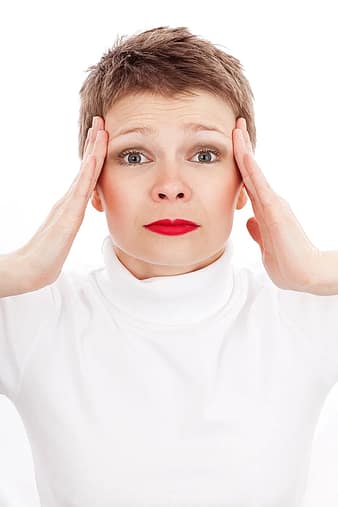Narcolepsy in Horses is Genetic
 The idea that horses can have narcolepsy is kind of an inconceivable concept, because narcolepsy is mainly associated with human beings and not with animals. The effect of narcolepsy in horses is much the same as it is in human beings the sleepiness, disorientation, hallucinations, and mood changes, are all evident in horses with narcolepsy.
The idea that horses can have narcolepsy is kind of an inconceivable concept, because narcolepsy is mainly associated with human beings and not with animals. The effect of narcolepsy in horses is much the same as it is in human beings the sleepiness, disorientation, hallucinations, and mood changes, are all evident in horses with narcolepsy.
Horses and Narcolepsy
In horses the most observable trait is that of narcolepsy with cataplexy, the other traits are harder to recognize. The symptoms of narcolepsy are hard to diagnose in a human patient that can tell the physician exactly what is going on and give and extensive medical history, but for animals that is even harder. This disorder is still being examined and studied, but as time goes by the cause still seems to elude physicians as to why narcolepsy has such an effect on the brain. With every new occurrence of narcolepsy showing up in animals physicians are more prone to believe that the brain is similar in more ways than originally thought.
Signs to Look For in Horses for Narcolepsy
- depression
- lack of interest in food
- fatigue
- moodiness
- weak muscles
With these signs and symptoms being noticed in horses, even from a young age, this can make a breeder believe that the horse is from bad stock and sometime the owner puts the animal down because of such negative qualities. Without there being a proper way to diagnose an animal let alone a horse with narcolepsy, many mistakes are made and eventually the animal suffers massively from this disorder. Veterinarians are working on ways to properly diagnose animals that have the narcoleptic symptoms, almost in the same fashion that physicians are working so earnestly to find a way to properly diagnose and treat this disorder.
Some veterinarians are trying experimental medications high-performance liquid chromatography or HPLC has been used in experiments to determine if the drug will have a negative or positive effect on the horses and if so what dosage and how often should HPLC be used on the horses. Depending on the severity of the narcoleptic symptoms and the weight of the horse that the injection is being given to the HPLC drug can be very effective.
Bloodlines
Narcolepsy in horses is rare and often is bred into the horse by the parents that already have the existing narcoleptic gene in their system. Most horses have a form of sleep deprivation caused from over exercise, low food intake, and even missing fellow companions. This sleep disorder is a form of ED or extreme drowsiness, and can be observed when a horse seems to partially collapse and instead of going all the way to the ground and staying there to recuperate from the episode the horse will immediately regain their footing, and the cycle of partially collapsing and regaining their footing will begin all over again. With this occurring muscles can be pulled and harm can also be done to the ligaments in the fore legs and hind quarters.
These injuries can lead to even worse problems in the long run; they can even make a horse come up lame and no longer able to be ridden. Narcolepsy on horses can be just as hard if not even worse due to the fact that when horses sleep they sleep while standing; if they were to lie down for an extended period of time the weight and pressure being exuded could crush internal organs and break bones.
Horses suffering from narcolepsy, like human beings have lapses in time where they fall asleep and their bodies tense up causing a form of sleep paralysis, so if a horse has a cataplectic attack and suffers from a sleep paralysis, and falls then the damage can be irreparable and sometimes even fatal.
The narcolepsy in horses can even cause harm to the owner or person that is riding the horse because if a sudden attack should happen while riding say down a steep mountain side, the rider would be thrown from the saddle and become injured. So before riding a horse that has all of the symptoms of narcolepsy have it checked out by a veterinarian, to make sure that the horse is properly diagnosed and all safety measurements are taken before training or riding the horse.
While inspecting the horse make sure that it is receiving enough nighttime sleep and is not disturbed, especially if that particular horse is a mare that is about to foal, or give birth. Rest is needed for such a difficult and delicate situation as giving birth for a mare as well as the young colt that is being born. The narcoleptic trait will not be immediately noticeable in new born colts because they require a lot of rest, so even if a young colt is sleeping during the day that does not mean that they have narcolepsy.
The earliest age to begin looking for the narcolepsy trait in a horse is around a year and a half, by then the horse should be healthy enough to withstand going through the day without needing to stop and take a rest. If the symptoms of narcolepsy are there go to your local veterinarian and ask what narcolepsy in horses is? With the help of a vet then the animal will receive the attention and help that is needed to make sure that the animal remains healthy.





